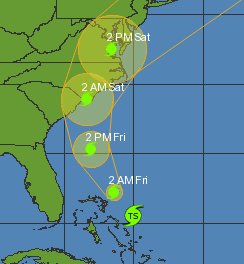One of the projects we’ll be completing this week is crafting holiday greetings for our clients (mainly b-to-b providers) to email to their customers. It’s one of my favorite projects of the year, so here are three rules for sending a great holiday message.
1. Spread cheer!
Share good wishes for your clients to enjoy the holiday season. Keep it general enough that no matter what your customer’s religious or cultural practices, your message will apply and not accidentally offend.
2. Show your personality.
This is a great opportunity to be creative, light-hearted and fun. But that’s not to say that I’m not advocating dancing elves a la Jib-Jab for every company.
Pretty photos or images are a nice way to convey a personality or feeling. One way we’ve done this is sharing images of how our client companies’ hometowns celebrate and bedeck themselves for the holidays.
For Metrics, located in Greenville, NC, we shared a photo and information about how many White House Christmas trees have come from North Carolina. (This year’s is the twelfth.)
For OsoBio, located in Albuquerque, NM, we included photos of the nearby Sandia Mountains and talked about the winter recreation OsoBio employees enjoy there.
These personal touches make a connection with your readers.
3. Thank your customers and look forward to another good year ahead.
It’s a simple formula, really, for what should be a simple message. I just have one don’t, and will hope that common sense and the do’s above will lead you down the right path.
Don’t make a sales pitch.
Don’t talk about your business. Don’t make it educational or informative. Don’t talk about your products or services. The only time this is ok is if you are offering customers a discount or gift of products or services. Otherwise, just don’t go there.
I do think that it’s okay to give folks a reminder of office closures or special holiday hours you’ll be keeping. Otherwise, this email has one purpose: spread holiday cheer and show your gratitude.
